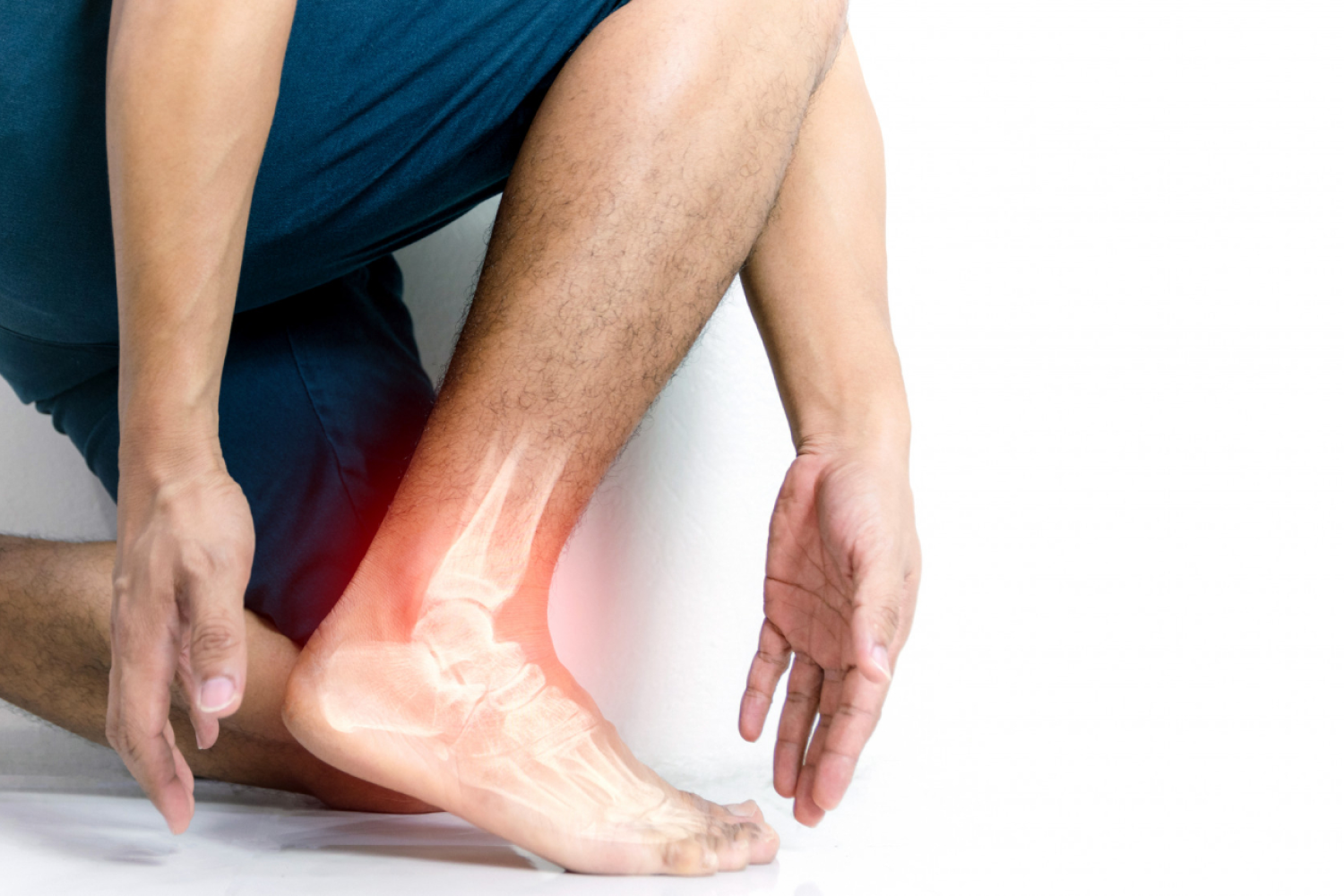In this article, we delve into the effectiveness of cortisone injections in alleviating discomfort caused by conditions like heel spurs and plantar fasciitis. We’ll explore how cortisone injections reduce inflammation and provide relief, addressing common questions such as the duration of pain relief and what to expect during and after the procedure.
If you’re tired of living with persistent heel pain, don’t hesitate to take action. Contact Cayman Neurology and Pain Management today to schedule a consultation and explore your options for managing heel bone spurs effectively. Let us help you step towards a life free from heel pain and discomfort at our office in the Cayman Islands.

Specialties
Neurology
Pain Management
Diagnostic Tests
Therapeutic Procedures
A heel spur is a bony growth that develops on the underside of the heel bone. Heel spurs often occur in conjunction with a condition called plantar fasciitis, which is inflammation of the plantar fascia—a thick band of tissue that runs along the bottom of your foot, connecting your heel bone to your toes. This condition is a common cause of plantar heel pain.
Heel spurs themselves may not necessarily cause pain; however, they can exacerbate the symptoms of plantar fasciitis by further irritating the surrounding tissues, including the fat pad beneath the heel. The fat pad acts as a cushion, but when pressure is concentrated due to the presence of a heel spur, it can lead to increased discomfort and tenderness.
When the plantar fascia experiences repetitive stress or strain, it can lead to tiny tears and inflammation, causing discomfort and pain in the heel area. Over time, this prolonged strain on the plantar fascia can result in the formation of calcium in the area where the plantar fascia attaches to the heel bone.
These calcium deposits can accumulate and form a bony protrusion known as a heel spur. This is the body’s response to the ongoing tension and stress.
Heel spurs are commonly treated through a combination of conservative measures aimed at reducing pain and inflammation, along with addressing the underlying causes. Some typical treatment approaches for heel spurs include the following:
In some cases, surgical intervention may be recommended if conservative treatments fail to provide relief or if the heel spur causes severe pain and functional impairment. It’s essential to consult with a healthcare provider to determine the most appropriate treatment approach based on individual symptoms, medical history, and lifestyle factors.
Cortisone injections are a common treatment for heel spurs and associated conditions like plantar fasciitis, which causes chronic heel pain. Before receiving a cortisone injection, it is essential to understand how it works and what to expect.
Cortisone, also known as a corticosteroid, is a powerful anti-inflammatory medication. When injected directly into the affected area—such as the heel where the spur is located or the inflamed plantar fascia—cortisone works to reduce inflammation and alleviate pain.
During the injection procedure, your foot will be cleaned, and a local anesthetic may be applied to numb the area and minimize discomfort. The cortisone injection is then administered directly into the affected area using a thin needle. Some individuals may feel a slight pinch or pressure during the injection, but the procedure is typically well-tolerated and brief.
After receiving a cortisone injection for heel spurs to treat plantar fasciitis and foot pain, patients commonly experience both immediate and gradual effects. While there may be some temporary effects on mobility and discomfort after a cortisone injection for heel spurs, most patients find that these symptoms improve over time as the medication begins to alleviate inflammation and reduce foot pain.
It’s essential for patients to listen to their bodies and avoid overexertion or excessive physical activity in the hours following the injection to allow the medication to take effect and minimize any potential discomfort.
Applying ice and elevating the foot can also help alleviate any swelling or soreness that may occur after the injection. Remember to communicate any concerns or unusual symptoms with your healthcare provider to ensure proper management and follow-up care.
Cortisone shots can be highly effective in providing relief from heel pain, especially when used to treat conditions like plantar fasciitis.
In many cases, patients experience significant pain reduction shortly after receiving a cortisone injection, with some individuals reporting almost immediate relief. However, it’s important to note that the duration of pain relief can vary. For some individuals, the effects of a cortisone shot may last for several weeks or even months, providing long-term relief from heel pain.
However, cortisone injections are not considered a permanent cure for plantar fasciitis or heel spurs. While they can effectively reduce inflammation and alleviate pain, they do not address the underlying cause of the condition.
Therefore, it’s essential for patients to combine cortisone injections with other treatments such as stretching exercises, orthotic inserts, physical therapy, or lifestyle modifications to achieve optimal results and prevent the recurrence of symptoms.
If you’re experiencing chronic heel pain, it’s crucial to seek professional help. Contact us at Cayman Neurology and Pain Management today to schedule an appointment with our experienced team of specialists. Take the first step towards finding lasting relief and reclaiming your mobility and comfort. Book your appointment with our doctors in the Cayman Islands now!
Medically reviewed by Sara T.
Copyright © 2024 Cayman Neurologist. All Rights Reserved.